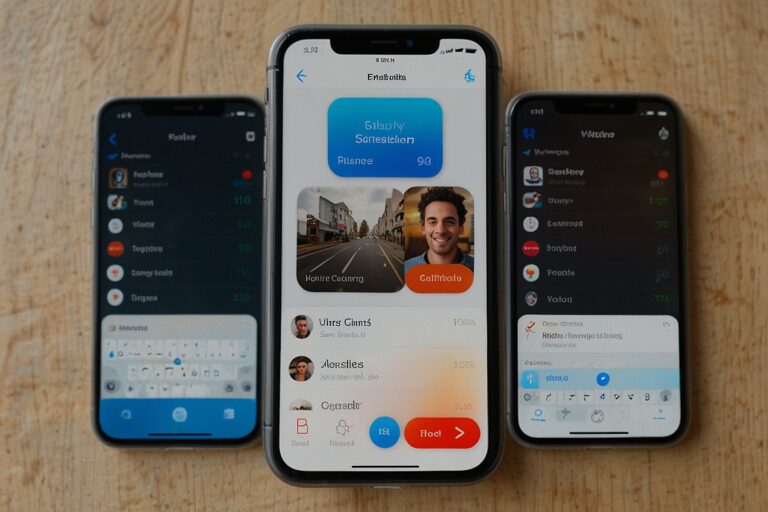
TL;DR
- Google is testing a new AI app builder called Opal through Google Labs
- Opal allows users to create web apps from text prompts with a visual workflow editor
- The tool targets non-technical users, similar to Canva, Figma, and Replit
- Users can remix pre-built apps and publish their own creations online
- Google’s latest entry adds to a growing trend in no-code/AI-assisted tools
Google Experiments with Text-to-App Builder
In a move to catch up with the latest wave of AI-assisted app builders, Google is testing an experimental new tool called Opal, designed to let users create mini web applications using simple text prompts.
This test is being run via Google Labs, a platform where the company trials new and emerging technologies. Opal is currently available to U.S.-based users, offering a glimpse into Google’s ambitions to democratize app development through artificial intelligence.
How Opal Works: Text In, App Out
Opal allows users to:
- Describe the app they want using plain language
- Select or remix existing templates from a gallery
- Generate new apps using Google’s internal models
Once generated, users are taken into a visual editor showing the app’s structure as a workflow — mapping input, generation, and output. Each part of the workflow includes editable prompts that define app behavior, offering a blend of low-code and no-code functionality.
This approach is aligned with a growing trend among platforms that are enabling non-technical users to create applications, similar to offerings from Canva, Figma, and Replit.
Publish, Share, and Remix
One key feature is the ability to publish apps and share them with others using a public web link, all tied to the user’s Google account. This makes Opal not just a builder but also a distribution and collaboration platform.
Opal also includes the option to manually add or edit workflow steps, giving users more control over how their app behaves without requiring them to write code.
Competing with the No-Code Crowd
With the launch of Opal, Google enters a growing field of AI-powered “vibe coding” tools that combine natural language prompts with app prototyping. Startups like Lovable and Cursor are gaining investor interest, while larger players aim to scale the concept.
These tools cater to designers, product managers, and other professionals who want to prototype ideas without writing code. Google’s existing AI Studio already serves developers — but Opal appears to target a broader, creative audience.
The Data
| Tool | Focus | Company | Target Audience | Access |
| Opal | AI-based no-code app builder | General users | U.S.-only via Labs | |
| Canva Apps | Visual design + apps | Canva | Designers | Global |
| Figma Dev Mode | Design-to-code workflows | Figma | Product teams | Global |
| Replit AI | Code generation & IDE | Replit | Developers | Global |
Broader Implications
By offering Opal through Google Labs, the company signals its interest in bringing AI tools to a mass market — particularly those unfamiliar with coding. While competitors focus on individual verticals, Google’s integrated ecosystem could allow Opal to scale fast if widely adopted.This move also reflects a larger industry trend: AI’s growing role in enabling everyday users to perform technical tasks once limited to engineers. With the no-code and AI tooling market booming, tools like Opal are becoming central to how people build in the age of AI.





